par Keck, Frédéric (1974-....)
Flammarion
2010 -
-
Disponible - 39.5 KEC
Niveau 2 - Ethnologie
Résumé : Un tour du monde des virus qui émergent, des animaux qui les transmettent et des humains qui s'en protègent. Pour l'auteur, la grippe suscite des émotions collectives parce qu'elle envisage l'arrêt possible de la circulation des êtres vivants. Un horizon catastrophique qui ouvre de nouvelles perspectives sur les relations entre les hommes et les animaux dans les sociétés globalisées.

 Les bibliothèques de la ville de Paris
Les bibliothèques de la ville de Paris
 Les bibliothèques universitaires
Les bibliothèques universitaires
 La BnF
La BnF
 L'encyclopédie Wikipédia
L'encyclopédie Wikipédia
 L'Encyclopædia Universalis
L'Encyclopædia Universalis
 La bibliothèque du film
La bibliothèque du film
 La médiathèque de la Philharmonie de Paris
La médiathèque de la Philharmonie de Paris

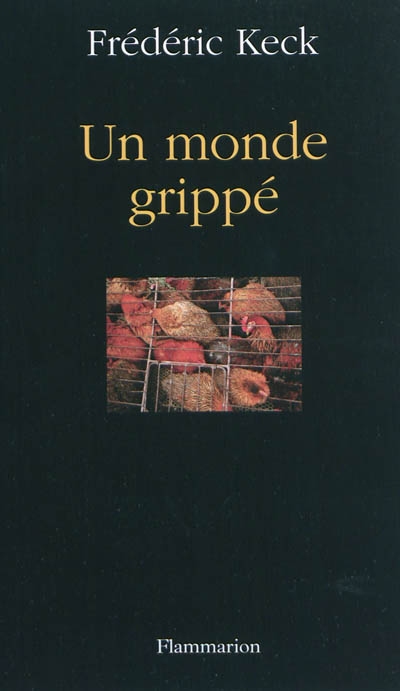

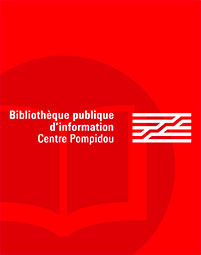
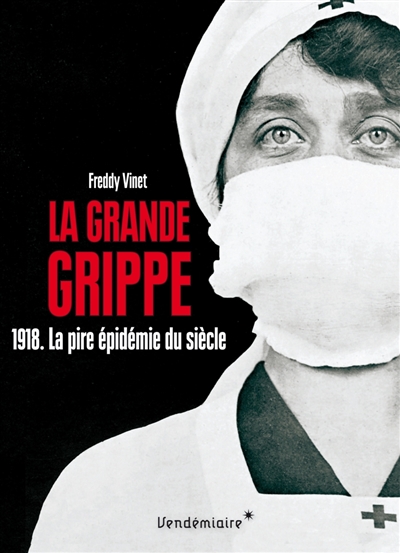
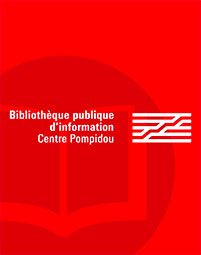
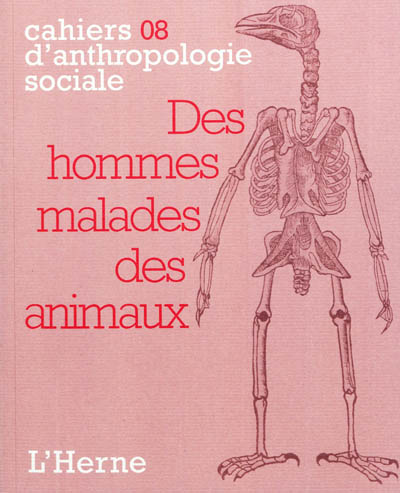

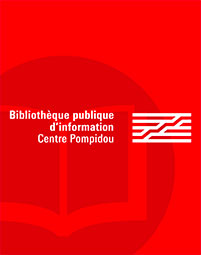


![Les grippes : Virus sous surveillance [C'est pas sorcier]](/images/couvertures-generiques/cg-formation.jpg)

